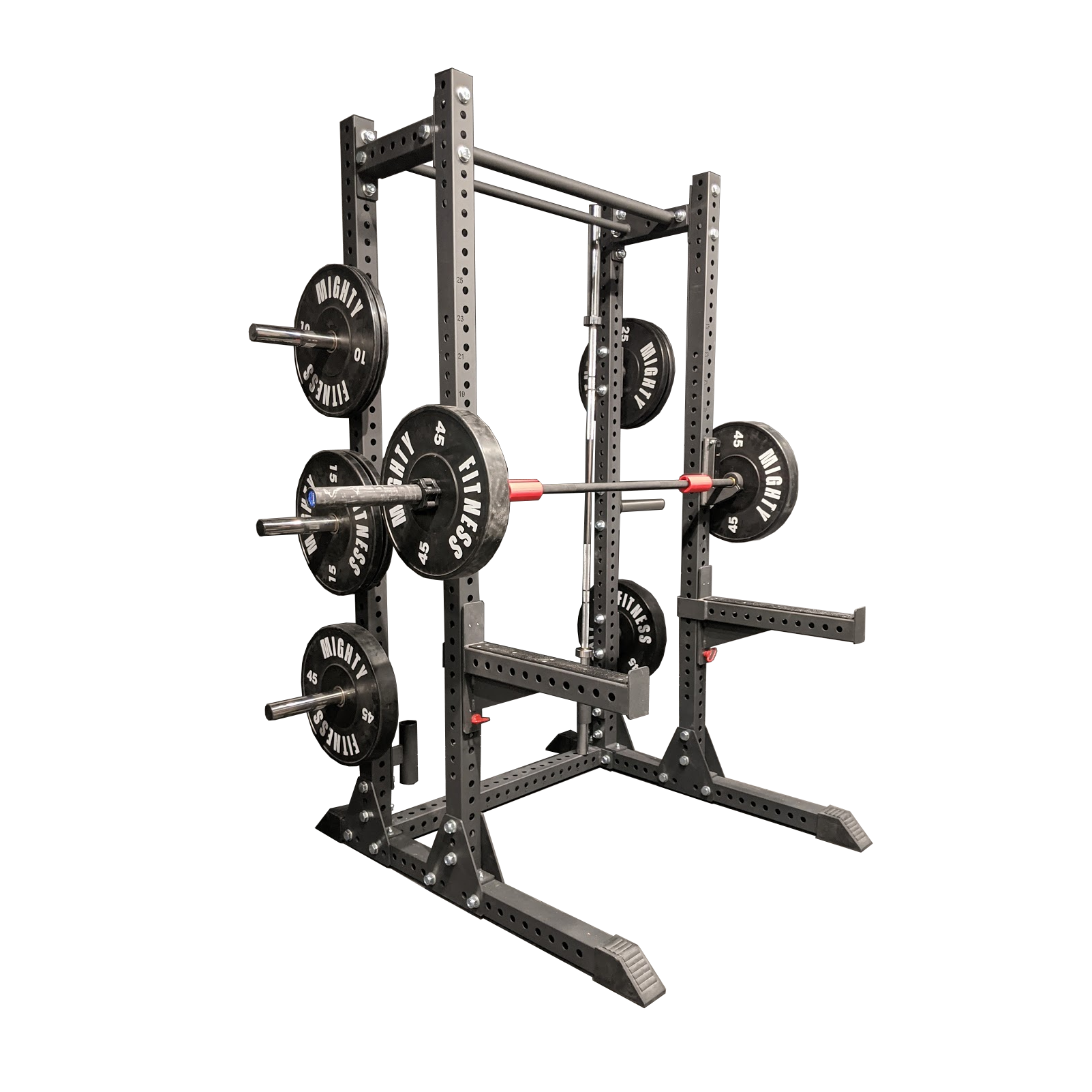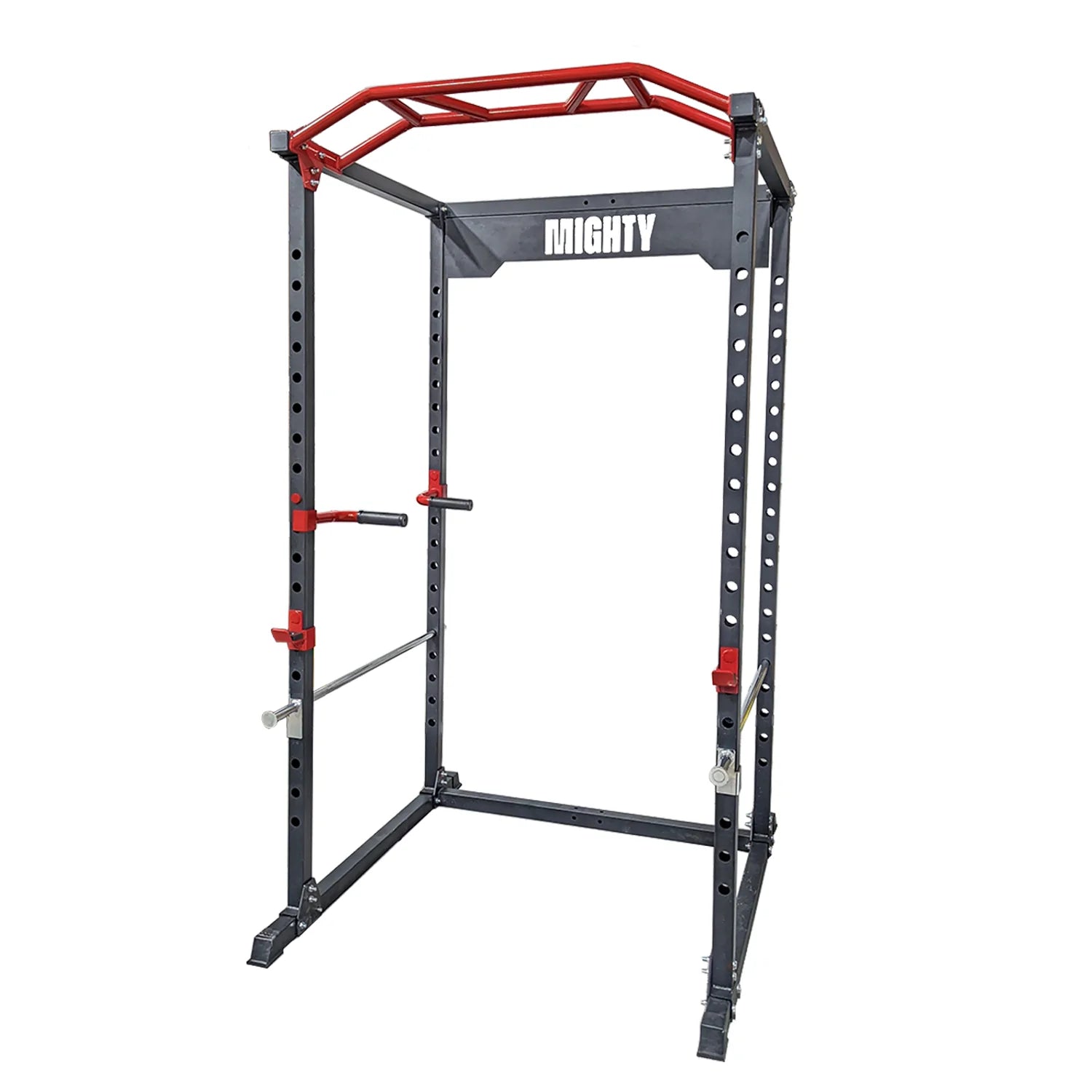Is It Recommended For Blood Pressure Patients to do Workout?
High blood pressure, also known as hypertension, is a prevalent health condition that affects millions of people worldwide. It is often referred to as the "silent killer" because it can lead to serious health complications if left untreated. One common question that arises for individuals with high blood pressure is whether it is recommended for them to engage in regular exercise and physical activity. The short answer is yes, but it comes with some important considerations.
Exercise and physical activity are generally beneficial for overall health, and they can have positive effects on blood pressure. Regular physical activity can help reduce blood pressure levels, improve cardiovascular health, and lower the risk of complications associated with hypertension. However, the key is to approach exercise with caution and under the guidance of a healthcare professional, as there are potential risks involved.
Here are some essential points to consider when determining whether exercise is recommended for individuals with high blood pressure:
Consult Your Healthcare Provider:
Before starting any exercise program, it is crucial to consult your healthcare provider, especially if you have high blood pressure or other underlying health conditions. Your doctor can assess your overall health, provide personalized recommendations, and determine any exercise restrictions that may apply to your specific case.
Choose the Right Type of Exercise:
Not all exercises are created equal when it comes to managing blood pressure. Aerobic exercises like walking, jogging, cycling, and swimming are often recommended because they can help lower blood pressure and improve cardiovascular fitness. Strength training exercises, when done correctly and with proper supervision, can also be beneficial. However, avoid high-intensity exercises or activities that involve heavy lifting, as they can temporarily raise blood pressure.
Start Slowly and Progress Gradually:
If you are new to exercise or have been sedentary for a while, it's essential to start slowly and progress gradually. Begin with low-intensity workouts and shorter durations, gradually increasing the intensity and duration as your fitness level improves. This gradual approach reduces the risk of sudden blood pressure spikes during exercise.
Monitor Your Blood Pressure:
During and after exercise, it's a good practice to monitor your blood pressure regularly. Some individuals may experience a temporary increase in blood pressure during exercise, but it should return to normal or even lower afterward. If you consistently experience a significant rise in blood pressure during or after exercise, consult your healthcare provider for further evaluation.
Stay Hydrated and Manage Stress:
Proper hydration is crucial when exercising, as dehydration can affect blood pressure levels. Additionally, stress can contribute to high blood pressure, so incorporating stress-reduction techniques such as deep breathing, meditation, or yoga into your routine can be beneficial.
Exercise can be recommended for individuals with high blood pressure, but it should be approached with caution and under the guidance of a healthcare professional. Regular physical activity can contribute to better blood pressure management, improved cardiovascular health, and an overall healthier lifestyle. However, it is essential to tailor your exercise routine to your individual needs, monitor your blood pressure, and prioritize safety to ensure that exercise remains a positive and beneficial part of your hypertension management plan.
Recommended workout for people suffering from blood pressure problems
High blood pressure, or hypertension, is a common health issue that affects a significant portion of the population. While medication and dietary changes play a crucial role in managing blood pressure, regular exercise can also be an effective tool in controlling this condition. However, it's important to choose the right type of workouts and follow certain guidelines to ensure safety and effectiveness. Here are some recommended workouts for individuals dealing with blood pressure problems:
Aerobic Exercises:
Aerobic exercises, often referred to as cardio workouts, are among the most recommended for people with high blood pressure. These activities increase your heart rate and improve cardiovascular fitness, which can help lower blood pressure over time. Options include:
Brisk Walking:
A simple yet effective exercise, brisk walking is easy to incorporate into your daily routine. Aim for at least 30 minutes of brisk walking most days of the week.
Cycling:
Riding a bicycle is a low-impact exercise that's gentle on the joints. It's an excellent choice for those with hypertension.
Swimming:
Swimming is a full-body workout that is easy on the joints. It helps improve circulation and can have a positive impact on blood pressure.
Dancing:
Whether it's ballroom, salsa, or Zumba, dancing is a fun way to get your heart rate up while enjoying music and social interaction.
Strength Training:
Strength training exercises help build muscle mass, which can contribute to better blood pressure control. Engage in strength training 2-3 times per week, focusing on major muscle groups. Use light to moderate weights and perform 2-3 sets of 10-15 repetitions per exercise.
Yoga and Relaxation Techniques:
Stress is a significant contributor to high blood pressure. Yoga and relaxation techniques, such as deep breathing exercises and meditation, can help reduce stress and promote relaxation. Incorporate these practices into your routine to complement your aerobic and strength training workouts.
Safety Considerations:
Before starting any exercise program, consult your healthcare provider, especially if you have hypertension or other medical conditions. Your doctor can provide personalized recommendations and assess your overall health.
During your workouts, pay attention to the following safety tips:
Warm up and cool down: Always begin and end your workouts with a few minutes of gentle stretching or light activity to prevent sudden spikes in blood pressure.
Monitor your intensity: Avoid excessive exertion. Aim for a moderate-intensity workout that allows you to talk while exercising without becoming breathless.
Stay hydrated: Proper hydration is crucial. Drink water before, during, and after your workouts.
Consistency is key: Make exercise a regular part of your routine. Consistency can lead to better blood pressure control over time.
Conclusion
Exercise can be a valuable tool in managing high blood pressure when done correctly and with guidance from a healthcare provider. The recommended workouts mentioned above can help improve cardiovascular fitness, reduce stress, and contribute to better overall health. Remember that the key to success is consistency and safety. Start slowly, progress gradually, and prioritize your health while working towards better blood pressure management through exercise.



